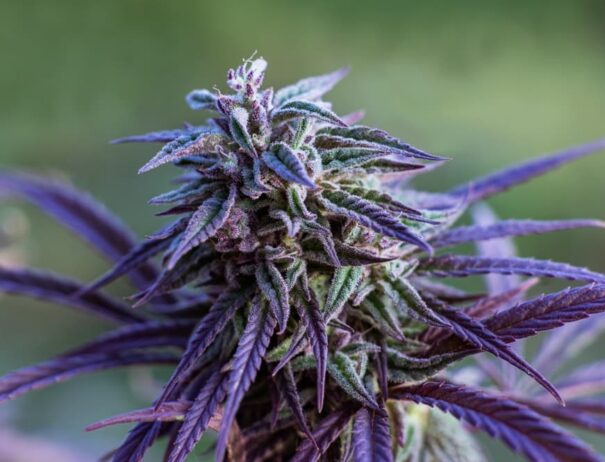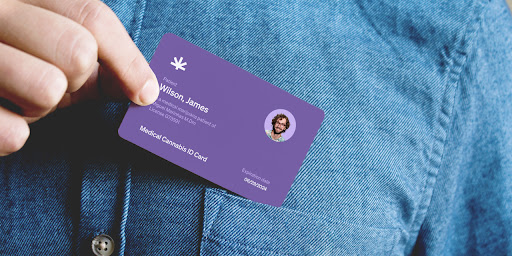What To Do With Leftover Leaves and Stems From Your Cannabis Harvest
Do you grow your own cannabis for personal use? If so, you know that harvesting cannabis takes months of careful cultivation and dedication. After harvesting your flower, you’ll often find yourself with tons of leftover plant material – also called biomass. This biomass can be used for compost or in a variety of creative ways. While you may have tossed your leftovers in the past, you should know that you can get so much more out of your harvest than the bud alone.
Utilizing the remainder is both the economical and environmentally-friendly thing to do, but you might not know exactly how to proceed. You could keep the leftovers and use them to enrich your next harvest or use them for extracts, edibles, and other consumables. Below is a handy guide for using your hemp leftovers and getting the most out of your harvest.
The Soil
Let’s start from the ground up. The quality of soil you use to grow your hemp seeds is an integral part of the growing process, and it feels wasteful just to toss it when the harvest is complete.
While the soil’s nutrients and minerals are somewhat depleted from their previous use, they can still be used to grow the next harvest. All you have to do is mix some new fertilizer into the soil. This saves you from having to replenish all the soil and cuts down on some of the costs associated with growing.
If you choose not to reuse the soil, composting is the next best option. All you have to do is mix in mostly equal parts of the following:
- Leftover soil
- Green material, such as vegetables, fresh leaves, and stalks
- Brown material, such as dried leaves and flowers
Within a few short months, you’ll have rich soil to use on your next harvest. Starting your own compost bin is also a great way to utilize leftover materials and reduce your economic impact. The soil you get out of it will help you to grow healthy, happy plants for years to come.
Using the Root
Cannabis roots are not as commonly repurposed as some of the other biomass but can be incredibly useful if utilized correctly. The roots are full of nutrients, containing anti-inflammatory properties that you don’t want to let go to waste.
For hundreds of years, people have been using roots for medicinal purposes, either by boiling the roots to create a salve or drying the roots to grind up into a powder. Research shows that hemp roots have been successfully used to treat hemorrhoids, rashes, gastrointestinal issues, and even ease menstrual pain.
One of the easiest things to do with the leftover roots is to make tea. When you boil the roots, you’ll end up with a robust and bitter-tasting tea. The key is to add a splash of milk or coconut oil; the fat in the milk or oil helps to release additional terpenes and cuts down on the bitterness.
Using the Leaves
One of the most utilizable things after harvest is the remaining leaves. The cannabis plant contains two main types of leaves:
- The Fan Leaf: This is the leaf that typically comes to mind when thinking of the hemp plant. These iconic, large leaves are what help to collect energy from the sun. They do not contain many cannabinoids, but can still be super useful. One popular option is to juice the leaves to create a detoxing, green juice. This is done similarly to wheatgrass juicing. Green juices are said to increase energy and boost your immune system in a healthy, natural way. Another option is to boil the leaves to create a tea that will be less bitter than root tea.
- The Sugar Leaf: The sugar leaf is the leaf that grows around the buds, containing high levels of resin and cannabinoids. These leaves can be used to create a hash. Hash is a concentrated material comprised of leftover trichomes and contains high amounts of THC. Another popular thing to do with leftover sugar leaves is to create an infusion. The infused butter or oil is ultra-versatile and can be used to create all sorts of delicious recipes. The pulp you strain out of the butter can also be used to create pesto, smoothies, breadcrumbs, or used as garnish. If you choose not to use the leaves for infusing, you could always dry them to create environmentally friendly, all-natural rolling paper for joints or cigars.
Using the Stalk
Stalks can be broken down to create fiber. This fiber is one of the most versatile materials in the universe and can be used to build houses, make clothes, paper, and even delicious milk. Some people in the United States are even investigating fuel possibilities. While you may not have the resources to turn your stalks into such ambitious products, you could still use them for a variety of crafts and other projects.
You could also mulch the stems by shredding them and spreading them across your compost or soil. Mulch is useful as it contains many valuable nutrients and allows the soil to hold water more effectively; in fact, it’s so effective that we recommend you use it for all sorts of crops. Mulch also creates a micro-biome, an environment for healthy bacteria and bugs to grow.
Don’t Waste It, Use It!
The excitement of a successful harvest doesn’t have to stop at the collection of the flower. You can utilize almost all leftover biomass for environmental or personal purposes. Leftover materials can be used to create a wide variety of products, edibles, tinctures, compost, mulch, and so much more. So if you’ve been feeling wasteful tossing your leftovers in the trash, it’s high time to make a change and start capitalizing on these often-overlooked and valuable resources.
As more states move to legalize cannabis, Cannabutter Digest will be here to cover all of the latest news, exciting products, and infusion recipes. Check back often to stay up today on all cannabis industry trends.

Get Your Free eBook!
Download our FREE resource, The Ultimate Edibles Guidebook, full of recipes, infusion tips and everything you need to make your first batch of edibles today!



